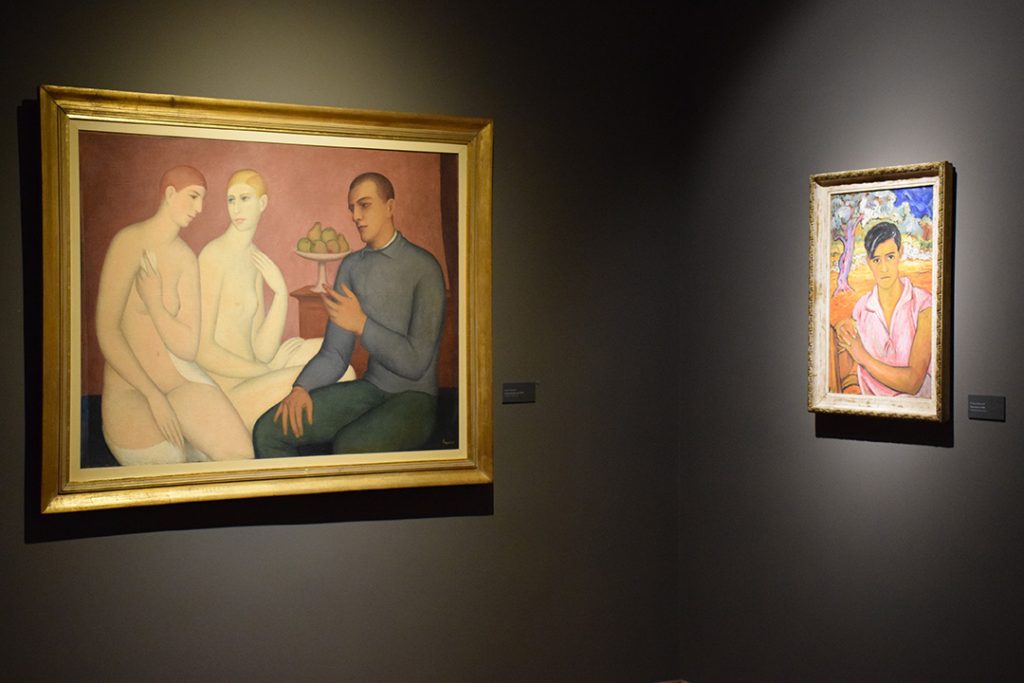Identity(ies)
Representations of women in serbian painting (1918–1941)
Apparently, we talk about identities all the time. Everyday. Is the identity important, what does it mean and how it effects our social relations and interactions? As a crucial question of this exhibition, the notion of identity, is re-examined through Serbian visual culture between two World Wars. The exhibition deals with questions of understanding and representation of the most frequently mentioned ones: national, class, gender, sexual, including issues on constituting and understanding of selfhood. This story is an endeavour to understand the complexity of identity relations on social and artistic grounds – private, public, collective, personal. It is a signpost through a labyrinth of positions, roles, and states which a person takes in defining oneself and others, and an attempt to respond to timeless Gauguin’s questions: Where do we come from? What are we? Where are we going? and can art help us to understand better ourselves and the world around us. The exhibition questions national, class, gender, and sexual identity, as well as the question of perception oneself through 70 exhibits: artworks, photographs, and illustrations of magazines, divided in four units: The National. Between East and West, Tradition and Modernity; Actress as a Modern Woman. Sex, Profession, Emancipation; Queer. Body, Gender and Representation; Selfhood. On This and the Other Side of the Proscenium.
At the end of the exhibition, a special interactive segment Become Sorrentino Yourself is placed, exhibiting three portraits of unidentified women from the collection of the Gallery of Matica srpska. As Paolo Sorrentino was inspired to write amazing stories about people he does not know anything about, only by looking at unknown persons on photographs, the visitors of the exhibition will have an opportunity to observe the portraits displayed and make their own short stories. The author of the best story of this museum-literary contest will be awarded with a course of creative writing.
The exhibition would not be possible without the cooperation with the National Museum of Serbia, the Museum of Contemporary Art, Belgrade, the Belgrade City Museum, the Heritage House, Belgrade, the Serbian Theatre Museum, the Milena Pavlović Barilli Gallery, the Pavle Beljanski Memorial Collection and private collections. The exhibition is followed by the eponymous publication, written by Nikola Ivanović, curator of the Gallery of Matica srpska. The exhibition is realized thanks to The Ministry of Culture and Media of the Republic of Serbia, and with the support of DDOR Novi Sad, as well as numerous media partners (Radio-television of Vojvodina, Radio 021, Nova S, SOHO Advertising Solutions and Color Media Communication).
Take a virtual tour through the exhibition




